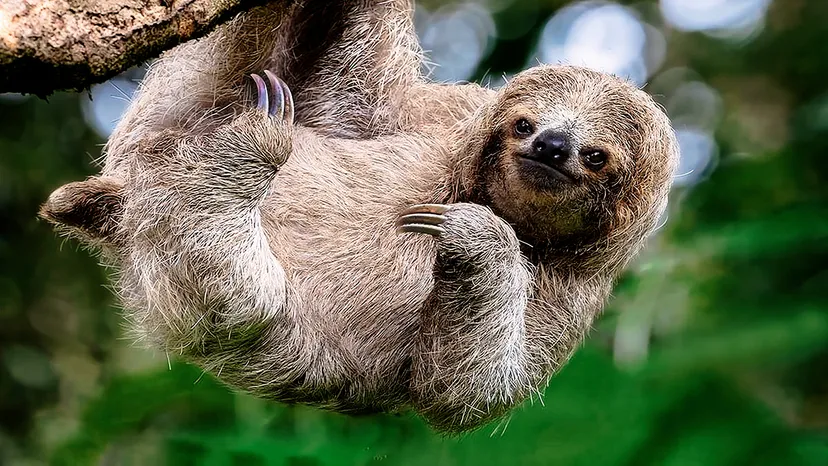Introduction
Animals are an essential part of Earth’s incredible biodiversity. From tiny ants building complex colonies to massive whales singing across the oceans, the animal kingdom is full of wonders. Understanding animals—their behaviors, roles in ecosystems, and relationships with humans—not only enriches our appreciation of nature but also reminds us of our shared responsibility to protect it.
🐾 What Makes Animals So Unique?
Animals are living organisms that move, breathe, reproduce, and react to their surroundings. They exist in every corner of the planet—on land, in the air, under the sea, and even in extreme climates like deserts and polar regions. What sets them apart is their ability to adapt, communicate, and form complex social structures.
Some animals migrate thousands of miles, others can camouflage perfectly, while some show deep emotional intelligence—like elephants mourning their dead or dogs showing empathy toward humans.
🦁 Categories of Animals
- Mammals – Warm-blooded, fur-covered animals like humans, tigers, and dolphins.
- Birds – Feathered creatures that mostly fly, like eagles, parrots, and penguins.
- Reptiles – Cold-blooded animals like snakes, lizards, and turtles.
- Amphibians – Creatures that live both in water and on land, such as frogs and salamanders.
- Fish – Aquatic animals that breathe through gills, like sharks and goldfish.
- Insects & Arachnids – Small but vital creatures like bees, ants, spiders, and butterflies.
Each group contributes uniquely to ecosystems, acting as predators, prey, pollinators, decomposers, and more.
🌍 Animals and the Ecosystem
Animals help maintain the balance of nature. Here’s how:
- Pollinators like bees and butterflies help plants grow and reproduce.
- Predators like wolves control populations of other species, preventing overgrazing.
- Scavengers like vultures and hyenas clean up dead matter.
- Seed Dispersers like monkeys and birds help forests regenerate.
Without animals, ecosystems would collapse—and human life would suffer too.
🧠 Animal Intelligence and Emotion
Many animals demonstrate remarkable intelligence. Crows can solve puzzles, dolphins understand human gestures, and octopuses can escape enclosures using problem-solving skills. Research also shows that animals feel emotions such as fear, happiness, and grief.
Domesticated animals like dogs, cats, and horses often form strong emotional bonds with their human companions, offering affection, loyalty, and support.
⚠️ Threats Facing Animals
Despite their importance, millions of animals face threats such as:
- Habitat destruction
- Poaching and illegal trade
- Pollution
- Climate change
- Invasive species
These dangers have led to the extinction of many species and placed countless more on the endangered list.
🛡️ How We Can Help
- Support animal conservation programs
- Adopt, don’t shop, when choosing pets
- Reduce plastic waste and pollution
- Avoid buying products made from endangered species
- Educate others about animal welfare
- Promote wildlife-friendly farming and tourism
Even small actions can contribute to big changes.
🌟 Conclusion
Animals are not just part of nature—they are nature. They teach us about survival, compassion, community, and the beauty of diversity. By understanding animals, we deepen our connection to the planet and take a step closer to creating a kinder, more balanced world for all living beings.
